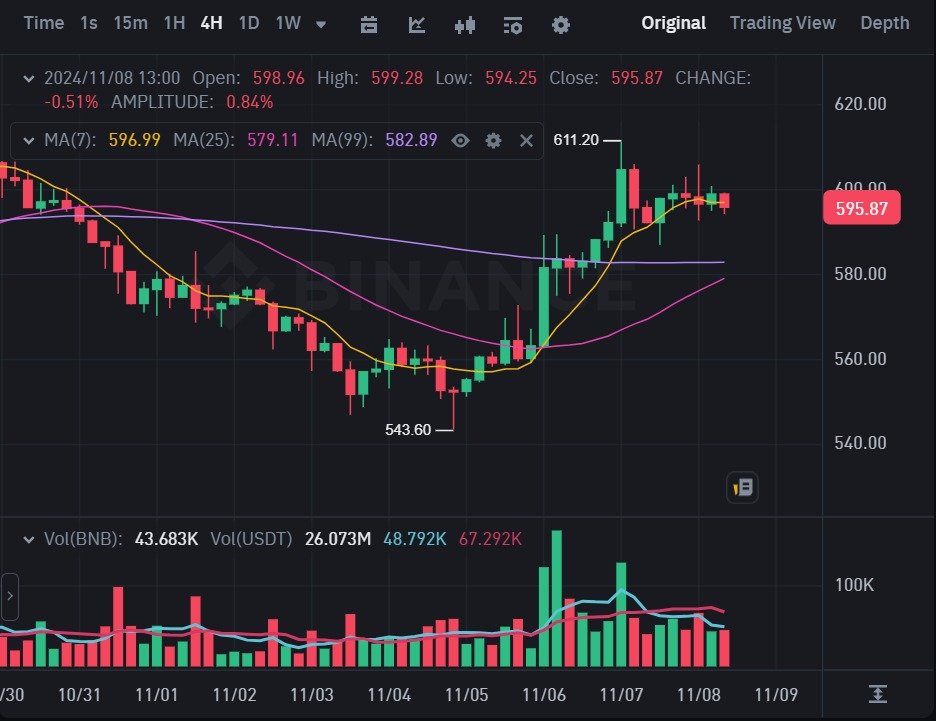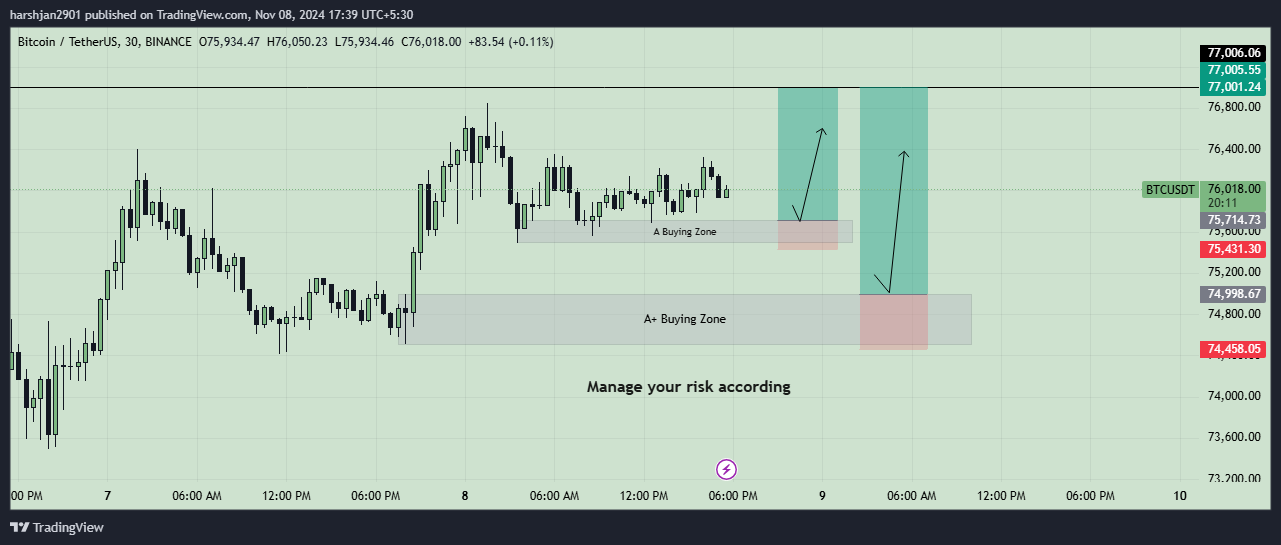The question of whether the crypto market will ever recover is a pressing concern for investors who have experienced the ups and downs of the digital asset space. With prices of cryptocurrencies like Bitcoin and Ethereum reaching all-time highs, followed by significant corrections, it’s understandable to question whether the market will rebound or continue to face downward pressure.
In this blog, we’ll explore the factors that could drive recovery in the crypto market, what history suggests about its potential to recover, and how investors can approach the situation to position themselves for long-term success.
1. The Resilience of the Crypto Market
Historically, cryptocurrencies have proven themselves to be incredibly resilient. Despite numerous bear markets and price corrections, the market has recovered multiple times in the past. Take Bitcoin as a prime example:
- 2017-2018 Crash: After reaching a peak of nearly $20,000 in 2017, Bitcoin’s price crashed to around $4,000 by 2018. However, by 2020, Bitcoin had surged back to over $20,000 and even $60,000 by 2021, setting new all-time highs.
- 2021 Boom and 2022 Decline: After peaking in late 2021 at $69,000, Bitcoin, along with many other altcoins, saw a significant decline in 2022. However, this price action mirrors what has occurred in the past, with cyclical volatility being a characteristic of the market.
What this history tells us is that crypto markets have a track record of recovering, despite frequent corrections. However, it’s important to understand that the timing and scale of such recoveries are never certain.
2. Factors That Could Drive Crypto Recovery
Several key factors point to the likelihood that the crypto market could eventually recover and even reach new heights:
a) Mainstream Adoption and Institutional Interest
The involvement of institutional investors has been one of the driving forces behind crypto’s rise in recent years. Companies like Tesla, MicroStrategy, and Elon Musk’s SpaceX have all made significant investments in Bitcoin and other cryptocurrencies, signaling a shift towards mainstream acceptance.
In addition, financial giants like Fidelity, PayPal, Visa, and Square are integrating cryptocurrencies into their services, enabling more people to access and use digital assets. This mainstream adoption increases the demand for crypto and could lead to a long-term recovery.
b) Technological Advancements
Technological innovations are a critical factor that could support crypto’s recovery:
- Ethereum 2.0: Ethereum’s transition to Proof of Stake (PoS) with Ethereum 2.0 is aimed at improving scalability, reducing energy consumption, and lowering transaction fees. These improvements are likely to attract more developers and users to the Ethereum ecosystem, driving the demand for ETH and boosting the market overall.
- Layer-2 Solutions: Solutions like Polygon and Optimism are working to scale blockchain networks, improving transaction speed and reducing costs. This can make blockchain applications more practical, which could increase crypto’s adoption and market value.
- Decentralized Finance (DeFi): The explosive growth of DeFi platforms, which allow users to borrow, lend, and trade without traditional intermediaries, is another reason why crypto could experience a recovery. These platforms are mostly based on Ethereum and other altcoins, meaning they could drive up demand for the digital assets involved.
c) Regulatory Clarity
Regulation has been one of the biggest uncertainties in the crypto space. However, clearer regulations could provide the stability needed for the market to recover. Countries like the U.S., Singapore, and Switzerland have already started establishing crypto-friendly regulations, providing more confidence for both retail and institutional investors.
If more countries adopt similar regulatory frameworks, crypto could see an influx of capital, helping the market recover from its recent downturns.
d) Global Economic Uncertainty and Inflation
As inflation rises and central banks print more money to stimulate economies, investors are increasingly turning to Bitcoin and other cryptocurrencies as a hedge against fiat currency depreciation. Bitcoin in particular, with its fixed supply, is often seen as a digital gold alternative in times of economic uncertainty.
- Argentina and Turkey have seen surges in crypto adoption due to hyperinflation in their economies. If similar economic pressures build in other countries, demand for crypto could rise, spurring a recovery in prices.
e) The Growth of Non-Fungible Tokens (NFTs) and Web3
The rise of NFTs (Non-Fungible Tokens) has created new use cases for cryptocurrencies, particularly Ethereum. The growing popularity of NFTs in digital art, collectibles, and gaming has brought more attention to blockchain technology, helping expand the use case for digital assets.
In addition, Web3, the decentralized version of the internet, is built on blockchain technology and heavily relies on cryptocurrencies. As Web3 and other decentralized applications (dApps) continue to gain traction, crypto adoption will likely increase, helping to drive recovery.
3. Challenges to Crypto’s Recovery
While there are several positive factors pointing toward a recovery, the crypto market is not without its risks. Here are a few challenges that could slow or delay recovery:
a) Regulatory Uncertainty
As much as clear regulations could help drive recovery, the lack of consistent regulations remains a significant obstacle. China’s ban on cryptocurrency trading and India’s proposed restrictions are reminders that crypto’s regulatory environment remains unstable in some regions. The introduction of harsh regulations or outright bans in key markets could stunt the growth of the market.
b) Market Volatility and FUD (Fear, Uncertainty, Doubt)
Volatility is inherent to the crypto market, and negative news, rumors, or regulatory actions can trigger massive price fluctuations. The market is highly sensitive to FUD, and even minor negative news can lead to widespread sell-offs, delaying the market’s recovery.
c) Security Concerns
The crypto space is often targeted by hackers and cybercriminals. The loss of funds from a major hack could undermine confidence in the market and hinder recovery. Security remains a key concern for the long-term success of cryptocurrencies.
4. How to Position Yourself for Crypto Recovery
If you’re wondering how to capitalize on crypto’s recovery, here are some strategies to consider:
- Long-Term Investment: The most successful crypto investors have often been those who hold their assets for the long term. If you believe in the fundamentals of cryptocurrencies like Bitcoin or Ethereum, holding through market fluctuations could position you to profit when the market rebounds.
- Diversification: Don’t put all your eggs in one basket. Diversifying your portfolio across different cryptocurrencies, and possibly even across traditional assets, can help you manage risk while positioning yourself for growth.
- Use Advanced Trading Tools: Tools like crypto trading bots and copy trading allow you to automate your trading and take advantage of market movements without constant monitoring. At Lumina Lore, we offer tailored crypto trading strategies that can help you navigate the ups and downs of the market and maximize potential returns.
- Stay Informed: Stay up to date on news, market trends, and regulatory updates. The crypto landscape changes rapidly, and staying informed will help you make better investment decisions.
5. Conclusion: Will Crypto Recover?
Based on historical trends, technological advancements, and the growing mainstream adoption of cryptocurrencies, there is strong evidence to suggest that the crypto market will recover over time. While there will always be risks—such as regulatory uncertainty, security concerns, and market volatility—the underlying fundamentals of crypto, along with the rise of DeFi, NFTs, and Web3, indicate that recovery is possible.
For investors, staying informed and being prepared for market fluctuations is key. At Lumina Lore, we offer expert guidance and custom crypto strategies to help you navigate these challenges and capitalize on the opportunities ahead. Contact us to learn more about how we can assist you in positioning yourself for a successful crypto investment journey.
Key Takeaways:
- The crypto market has a history of recovery, and many factors, such as mainstream adoption, technological advancements, and economic conditions, point toward future growth.
- There are still challenges, including regulatory uncertainty and market volatility, but long-term investors can potentially benefit from market rebounds.
- To maximize your potential, consider diversifying your portfolio, using advanced tools, and staying informed.



